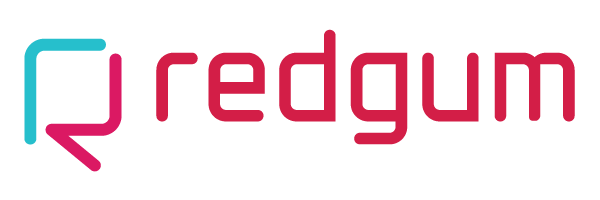The first order value.
The first step when creating an asset from your know-how. This know-how can take many forms
Intellectual property. Is legally assignable copyright, patented or other protected materials you have produced already.
Know-how. This is simply in your head or in your training manuals, your know how to do it, you can tell others how to do it but its still stuck with you and you can’t help 1000s of people at once.
Proven processes. If you have specific processes within your business that are operating already, either as paper based, checklists, or a mix of existing apps that work but do not scale.
Spreadsheet models. Spreadsheets contain a lot of critical data and knowledge that you have built up over time. These are a great starting point for your know-how.
It is crucial for effective communication with others (and to gain clarity for yourself)
While the specific method of documentation may vary, the focus should always be on conveying your idea clearly. In this article, we will explore techniques for documenting ideas and emphasize the importance of starting with the customer's perspective.
By following a structured approach and considering various aspects of your idea, you can ensure that others understand and contribute to its development.
Workflow Mapping: One effective technique for documenting ideas is workflow mapping. Utilize online whiteboard tools like Miro or similar platforms to visually represent the sequence of activities involved in your idea.
Here is an overview model for a company I’ve made up called Redgum Content
Free Form Writing: Another valuable approach to documenting ideas is free form writing. Choose a tool that suits your preferences, such as Evernote or OneNote, and begin jotting down your thoughts. You can even leverage speech-to-text features available on devices like iPhones to verbalize and record your ideas.
This technique allows you to freely express your thoughts and later organize and expand upon them easily.
I am going to use an imaginary service designed to allow Thought Leaders to provide their specific content in the minimum amount of time. The Value is they get all the content they need to become a Thought Leader in only 30-60 minutes a month of their effort.
Key Aspects to Focus On
When it comes to communicating your idea to the outside world, it is essential to cover your bases and ensure that your message is clear, concise, and impactful.
While there is no one-size-fits-all approach, focusing on key aspects can help you effectively convey your idea and engage your audience.
These aspects provide valuable guidelines to help you communicate your idea in a way that captures attention and fosters understanding.
Users Interaction and Deliverables: Start with Your Greatest Understanding
One of the crucial aspects of documenting your idea is to begin with what you know best—the users interaction with your idea and the associated deliverables. This is typically the area where you have the greatest understanding, as you have had the lived experience as you created your IP, so you know what its like for your users now.
This describes the core of the idea, the people and concepts involved.. This is enough for me to talk to other people and allow them to understand tangible steps. It also helps them provide feedback about a specific element.
Take the time to delve into the details of the users's journey, capturing as much information as possible. Describe the specific actions and steps they take when engaging with your IP, know-how, process, or model. Utilize tools like sequence diagrams, prose, or any suitable format that allows you to convey the intricacies effectively.
By starting with the user's perspective, you lay a strong foundation for documenting your idea. The level of detail you provide in this stage helps others gain a comprehensive understanding of the users experience and the “first level value proposition” you offer.
As you move from the areas of your greatest understanding towards those that may be less familiar, you can gradually expand your documentation, and your understanding of all the actors involved, including your customer (who may not be the primary user).
This approach allows you to build upon the solid understanding you have established, ensuring that your communication remains clear and accurate.
As you expand out, look and what happens before and after your core idea/IP is worked with.
Remember, the ultimate goal of documenting your idea is to facilitate effective communication with others. Starting with the users interaction and deliverables provides a strong starting point, allowing you to convey your idea clearly and invite valuable contributions from others.
By structuring your documentation process in this manner, you can effectively communicate the core aspects of your idea while acknowledging and addressing areas where additional information or further exploration is required.



